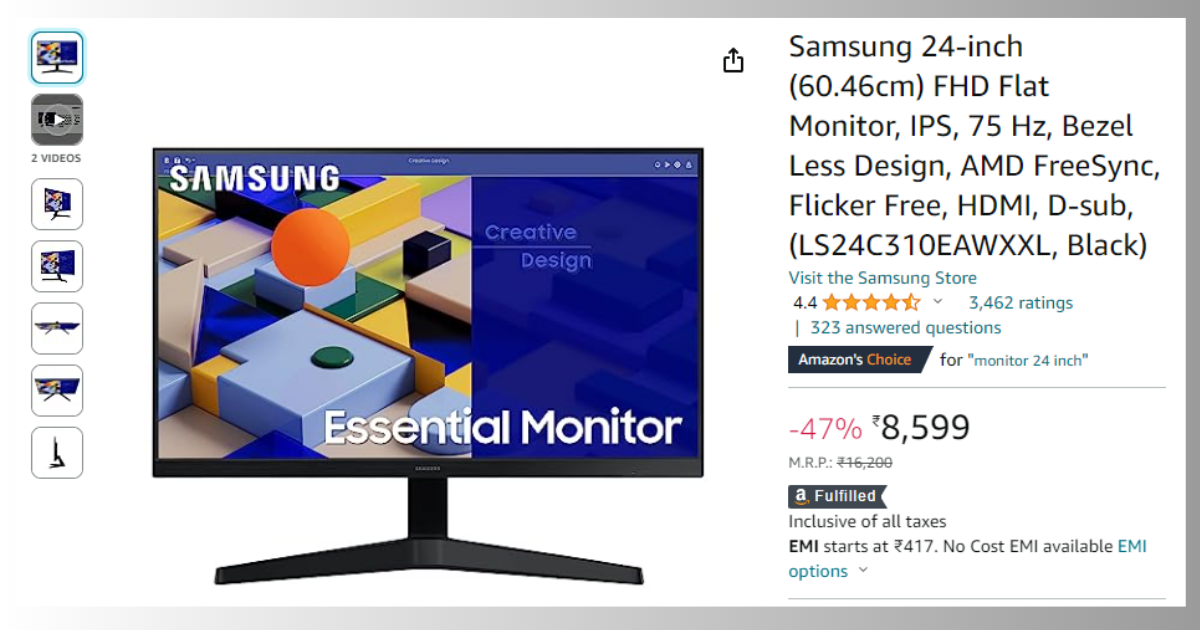Tumors in Cats and Dogs: “Vital Investigation Uncovers Key Characteristics in Human Bladder Sickness through Examination of Diseases in Cats and Canines
Continuous investigation has uncovered fundamental characteristics related with human bladder dangerous development by focusing on malignant growths in cats and canines.
While past investigations had recognized around 60 qualities connected to this sickness, which presented difficulties for designated drug improvement, therapy choices stayed restricted.
By investigating bladder sickness in various species and recognizing normally changed characteristics, researchers have decreased the normally enormous characteristics for the most part relevant for human assessments. This approach centers around the progression of novel threatening development medicines.
Tumors in Cats and Dogs
The survey, coordinated by researchers from the Wellcome Sanger Foundation, the School of Guelph in Canada, and partners, involved sequencing threatening development diseases in cats and canines and differentiating the revelations and those from human bladder growths. This recognizable the most expansive sequencing of canine bladder infection and the first of feline bladder dangerous development.
Dr. David Adams, the senior creator of the review and senior gathering pioneer at the Wellcome Sanger Establishment, accentuated the meaning of cross-species disease genomics. He made sense of, “The hereditary changes or transformations we have distinguished across people, felines, and canines propose they are adequately significant to be saved between species. Our examination revealing these common atomic viewpoints opens up the chance of growing new, designated medicines. This could assist with focusing on human and creature drug revelation that spotlights on additional significant qualities.”
In the UK, in excess of 100,000 individuals live with bladder disease, and a fourth of them progress to muscle-obtrusive bladder malignant growth (MIBC), a more forceful structure related with unfortunate results. Understanding bladder disease at the sub-atomic level could illuminate designated drug mediations.
The review uncovered that when a quality change is ‘moderated’ across different species, it is bound to be organically important for disease improvement. This tracking down helps researchers in filtering through the large number of qualities being scrutinized in past work.
Working together with veterinary pathologists from 17 distinct nations, analysts got bladder malignant growth tissue tests from people, felines, and canines determined to have the sickness. Contrasting these examples and ‘solid tissue’ from similar creatures permitted them to recognize changed qualities.
Out of the 60 driver qualities found changed in human MIBC, three were additionally tracked down in felines’ bladder disease (TP53, FAT1, and NRAS), and two in canines’ bladder malignant growth (ARID1A and KDM6A). TP53 was the most often changed quality in the two felines and people. The concentrate likewise uncovered comparable hereditary occasions, for example, ‘jumble fix lack’ and ‘chromothripsis,’ in each of the three species.
Be that as it may, there were outstanding contrasts between species. BRAF was the most often changed quality in canine bladder tumors, with the transformation happening similarly situated as in human melanomas. In human MIBC, BRAF changes are uncommon (around three percent of cases). This revelation recommends that canines could act as an important model for BRAF-transformed MIBC in people when clinical preliminary member numbers are restricted.
Dr. Louise van der Weyden, senior creator of the review and ranking staff researcher at the Wellcome Sanger Establishment, underscored the review’s importance and the variety of tissue tests gathered around the world. She noticed that these discoveries will propel research in both human and creature bladder malignant growth, helping the two species through superior treatments.
Read More at : https://nexusnewsletter.com/category/news/
The ID of similitudes between disease in pets and people may likewise prompt the reusing of some human malignant growth medicines for pets.
Dr. Geoff Wood, senior creator of the paper and teacher at Ontario Veterinary School, College of Guelph, Canada, featured the review’s significance in figuring out the common parts of disease between species. He referenced, “Here we show felines and canines who normally foster bladder malignant growth can produce experiences for an especially forceful sort of bladder disease in people. Genomics gives us an interesting perspective into the secret likenesses and contrasts of malignant growth between species so we can bore down to the key qualities driving disease, and medication targets can be focused on.”



What’s up to every one, the contents existing at this web site
are in fact remarkable for people experience, well, keep up
the nice work fellows.
Yes, it is the intelligible answer
Cheap Car Rentals in Heraklion
https://continent-telecom.com/virtual-number-uae
Now that’s something like it!
It is interesting. You will not prompt to me, where I can read about it?
https://www.cakeresume.com/me/carrentalmontenegrocom
Dear Website Owner,
I hope this email finds you well. I recently discovered your website and was impressed by the quality of your content and the helpful information you offer to your audience. In light of this, I would like to propose a backlink exchange that could benefit both our websites.
My website, https://m.cheapestdigitalbooks.com/, is focused on providing affordable digital books to readers around the world. We currently have a strong online presence with a Domain Authority (DA) of 13, a Page Authority (PA) of 52, and a Domain Rating (DR) of 78. Our website features 252K backlinks, with 95% of them being dofollow, and has established connections with 5.3K linking websites, with 23% of these being dofollow links.
I believe that a mutually beneficial backlink exchange could be of great value for both of our websites, as it may lead to an increase in website authority and improve our search engine rankings. In this collaboration, I am willing to add backlinks from my website using your desired keywords and anchor texts. In return, I would be grateful if you could include backlinks with my desired keywords and anchor texts on your website.
I kindly request that you visit my website, https://m.cheapestdigitalbooks.com/, to get a sense of the potential benefits this partnership could bring to your site. I am confident that this collaboration will provide a win-win situation for both parties, and I look forward to learning more about your thoughts on this proposal.
Thank you for considering my offer. I am excited about the potential growth this partnership may bring to our websites and am eager to discuss the details further. Please do not hesitate to reach out to me at your convenience.
Best regards,
David E. Smith
Email: david@cheapestdigitalbooks.com
Address: 3367 Hood Avenue, San Diego, CA 92117
https://aviatorcasinos.com/
It agree, it is the amusing information
https://list.ly/carrentaldalamancom
https://european-sailing.com/rent-yachts-spain
https://virtual-local-numbers.com/countries/1245-uae-toll-free-numbers.html
It not absolutely approaches me. Perhaps there are still variants?
https://social.msdn.microsoft.com/Profile/Car-Rental-Burgas
Content for your website
Cool website
I really liked your site
Excellent write-up
This resource is fabulous. The wonderful data exhibits the essayist’s earnestness. I’m stunned and expect more such astonishing presents.
hbo max watch party is a browser extension that lets you watch HBO with friends & family even if you’re far apart. It syncs video playback, group chat, and even video and audio call features. It’s your go-to for long-distance movie with loved ones.
Insightful piece
What an insightful article! Your ability to break down complex topics into easily understandable points is truly commendable. I appreciate the thorough research and the engaging writing style that keeps readers hooked from start to finish. For anyone who found this piece as fascinating as I did and is eager to dive deeper into related subjects. Thank you for sharing your knowledge and providing such valuable content. I look forward to reading more of your work in the future!
This article offers a fascinating perspective on the subject. The depth of research and clarity in presentation make it a valuable read for anyone interested in this topic. It’s refreshing to see such well-articulated insights that not only inform but also provoke thoughtful discussion. I particularly appreciated the way the author connected various aspects to provide a comprehensive understanding. It’s clear that a lot of effort went into compiling this piece, and it certainly pays off. Looking forward to reading more from this author and hearing other readers’ thoughts. Keep up the excellent work!
Great article! I found your perspective on this topic both enlightening and thought-provoking. The way you break down complex ideas into understandable insights is truly commendable. It’s interesting to see how these developments could shape our future. I’m particularly intrigued by your point about potential challenges and would love to dive deeper into that.
For those who are interested in exploring this topic further, I recommend checking out this resource for more detailed information: comprehensive guide. It offers additional insights that complement what’s discussed here.
Looking forward to hearing others’ thoughts and continuing this discussion. Thanks for sharing such valuable information!